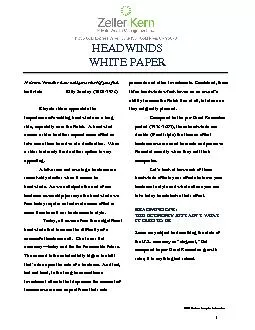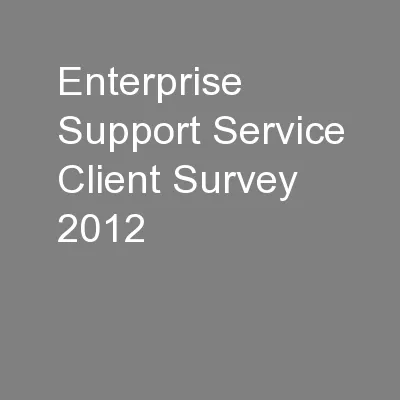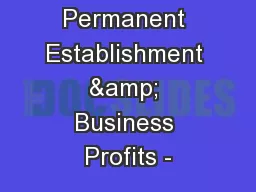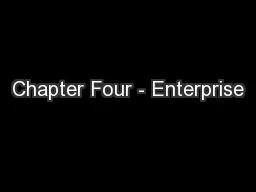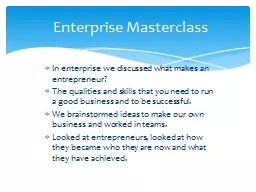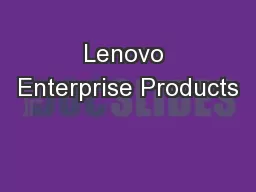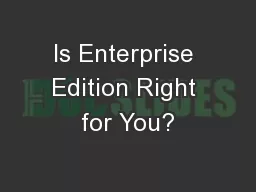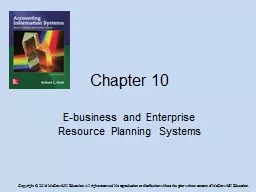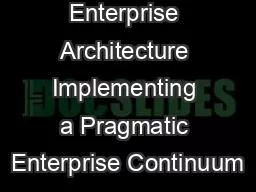PDF-2014 business enterprise institute inc
Author : lois-ondreau | Published Date : 2017-01-03
1 HEADWINDS WHITE PAPER It doesnx2019t matter how well you start if you fail to finish Billy Sunday 18621935Bicycle riders appreciate the importance of avoiding
Presentation Embed Code
Download Presentation
Download Presentation The PPT/PDF document "2014 business enterprise institute inc" is the property of its rightful owner. Permission is granted to download and print the materials on this website for personal, non-commercial use only, and to display it on your personal computer provided you do not modify the materials and that you retain all copyright notices contained in the materials. By downloading content from our website, you accept the terms of this agreement.
2014 business enterprise institute inc: Transcript
Download Rules Of Document
"2014 business enterprise institute inc"The content belongs to its owner. You may download and print it for personal use, without modification, and keep all copyright notices. By downloading, you agree to these terms.
Related Documents

